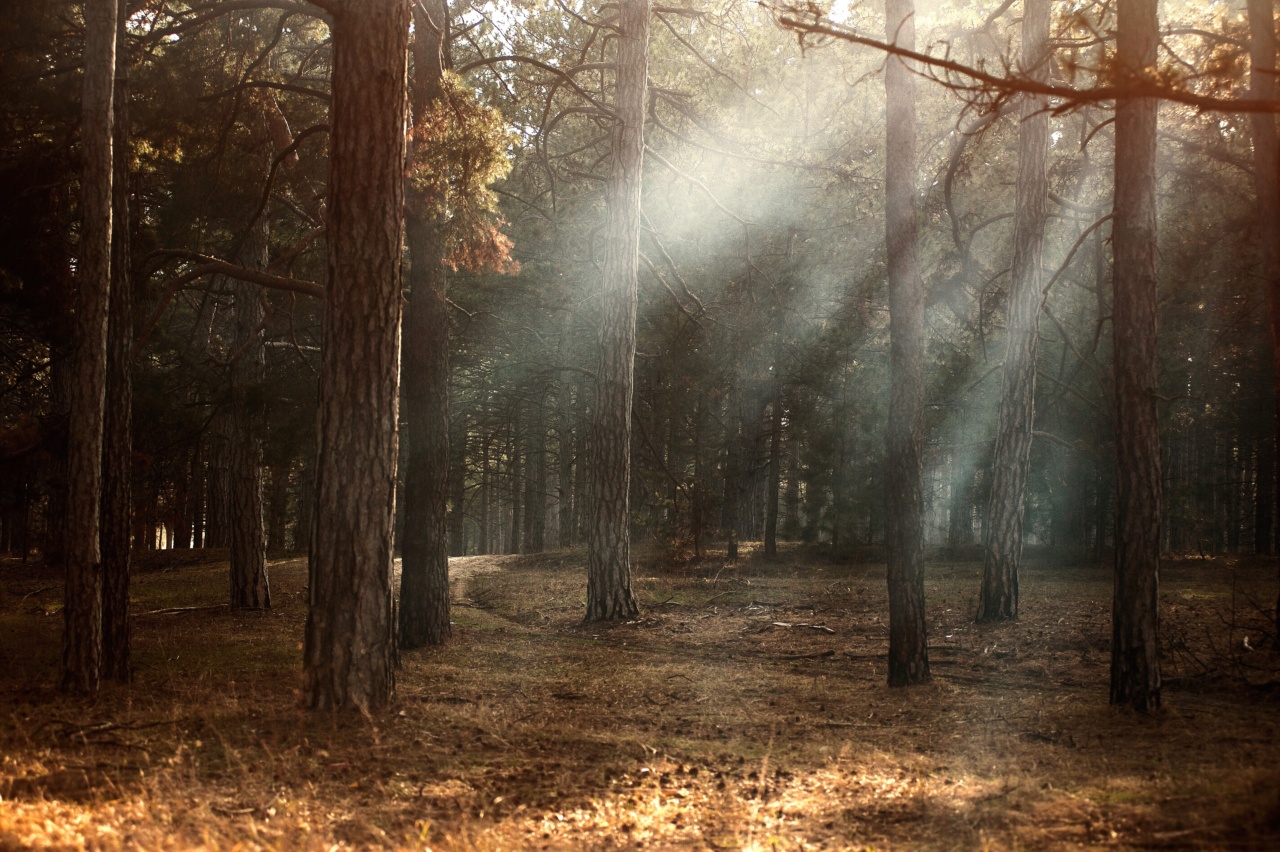Spending time outdoors is important for your physical and mental wellbeing. However, prolonged sun exposure without any protective measures can lead to a host of skin problems.
Sunburn, skin cancer, premature aging, and eye damage are just some of the risks associated with overexposure to UV radiation.
Understanding UV Radiation
UV radiation is the type of energy that comes from the sun. There are three types of UV radiation – UVA, UVB, and UVC. UVC is absorbed by the ozone layer and never reaches the earth. UVA and UVB are the two types that we need to be concerned about.
UVA radiation has a longer wavelength and penetrates the skin more deeply than UVB. It is responsible for skin aging and wrinkling. UVB radiation has a shorter wavelength and penetrates the top layer of the skin.
It is responsible for sunburn and is the main cause of skin cancer.
It’s important to note that UV radiation can still penetrate through clouds, so even on cloudy days, you are still at risk of skin damage.
Protecting Your Skin from UV Radiation
Preventative measures are the best way to protect your skin from the sun’s harmful rays. Here are some tips to help you stay safe during outdoor activities:.
1. Wear Protective Clothing
Clothing can provide a physical barrier between your skin and the sun. Look for clothing that is designed to block UV radiation. This includes long-sleeved shirts, pants, and skirts made from tightly woven fabrics.
For extra protection, wear clothing that has been treated with UV-blocking chemicals.
2. Use Sunscreen
Sunscreen is a must if you are spending time outdoors. Choose a broad-spectrum sunscreen that protects against both UVA and UVB radiation. Look for a product with an SPF (sun protection factor) of at least 30.
Apply sunscreen liberally and reapply it every two hours or after swimming or sweating.
3. Wear a Hat
A hat can provide shade for your face, neck, and ears. Look for a hat with a brim that is at least 2-3 inches wide. Hats made from tightly woven fabrics such as canvas or denim are best for sun protection.
Avoid hats made from straw or other materials that have holes or gaps that can let the sun in.
4. Seek Shade
Whenever possible, seek shade during the hottest parts of the day. This is usually between 10 am and 4 pm. You can also create your own shade by using an umbrella or setting up a sunshade.
5. Wear Sunglasses
The skin around your eyes is very thin and delicate, making it even more susceptible to sun damage. Sunglasses can offer protection for your eyes and the skin around them. Look for sunglasses that block 100% of both UVA and UVB rays.
6. Check the UV Index
The UV index is a measure of the strength of UV radiation. It ranges from 0-11+, with higher values indicating stronger UV radiation. Check the UV index before heading outside and plan your activities accordingly.
If the UV index is high, take extra precautions to protect your skin.
The Bottom Line
Protecting your skin from the sun’s harmful rays is important for your health and wellbeing. By following these simple preventative measures, you can reduce your risk of skin problems and enjoy your time outdoors safely.


























